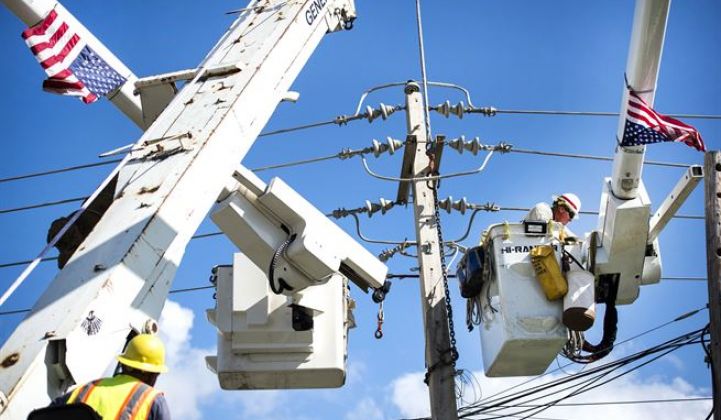On January 22, 2018, Puerto Rico Governor Ricardo Rosselló announced that he plans to “privatize” the Puerto Rico Electric Power Authority. That announcement generated multiple news stories and commentaries about how the public power entity would be sold off to raise capital for the heavily indebted island. The press reports made it sound like the Puerto Rican government is getting out of the electric power sector completely and moving to the traditional investor-owned utility structure that dominates business models on the mainland.
Our reading of the announcement suggests that is not the case.
The governor announced “a model of privatization of power generation and a concession, term-defined, of energy distribution and transmission.” The “privatization of power generation” may mean either a simple sale of the PREPA-owned power plants, to be contracted back to PREPA (and/or large industrial customers), or a more complicated transition to an organized wholesale market. Either way, there are several clear models to use for that across the rest of the U.S.
The sale of the generation assets might raise capital for PREPA or the Puerto Rican government, and Rosselló has promised at least some proceeds to fund worker pension obligations. However, given the age and efficiencies (or “heat rates”) of the power plants, it’s unclear how much money this might actually generate for the government, or what commercial terms buyers may attempt to demand from PREPA in exchange for the investment. Working these details out will be a complex process, but one with precedent from within the past 25 years or so.

What most onlookers missed was the phrase “concession, term-defined.” That suggests that ownership of transmission and distribution assets may not be turned over from the government to private entities. PREPA or another public entity could retain ownership of the physical assets (poles, wires, transforms, comms, etc.), while the necessary operations, maintenance, planning and market services are provided by a third party under a services agreement. This is a somewhat unique arrangement; the only other example we are familiar with is the one put in place by the Long Island Power Authority.
This would be a different model than the one suggested in press reports. Rather than an investor-owned utility that would be responsible to both shareholders and customers, Governor Rosselló’s plan would maintain public ownership of the physical transmission and distribution assets. It would pre-empt the possibility of T&D being run under the traditional return-on-equity model that almost all investor-owned utilities in the U.S. operate under today. The island’s policymakers and regulators would need to develop an alternative model, ranging from cost of service to performance-based compensation.
Additionally, two key parts of the electric power supply chain were not directly mentioned in the announcement, but may need reforms to achieve the goals the governor laid out. The first is fuel supply, which, due to security concerns, is viewed as a public policy issue in most jurisdictions. The second is consumer engagement, which has been separated in some mainland markets through retail competition, and could include metering and billing, data stewardship, management of energy efficiency and demand response programs, and potentially distributed energy resources deployment.
So far the governor has provided a high-level view of a possible restructured utility. Other concepts, such as AES' vision for regional minigrids or the approach advanced by the Puerto Rico Energy Commission, provide compelling direction for the island’s future grid architecture. All three models (Rosselló’s, AES’ and PREC’s) could fit well into an integrated plan, and furthermore, they all dovetail nicely with the work done by companies like Sunnova and Sunrun to install solar and storage behind-the-meter at critical facilities across Puerto Rico.
Not all of the key stakeholders have come out in favor of Governor Rosselló’s plan, demonstrating there is still room for discussion about the future of Puerto Rico’s electrical grid in the wake of Hurricane Maria. As our CEO Julia Hamm said, “The challenge ahead will be adapting that broad model to the very different and unsettled energy landscape in Puerto Rico. A robust, well-managed stakeholder process will be essential to guarantee that all the issues surrounding the complex transition of the Puerto Rican energy system are adequately addressed so that all people of the island will benefit.”
We are excited to be a part of that conversation and look forward to helping facilitate a transition plan for Puerto Rico’s electricity future.
***




